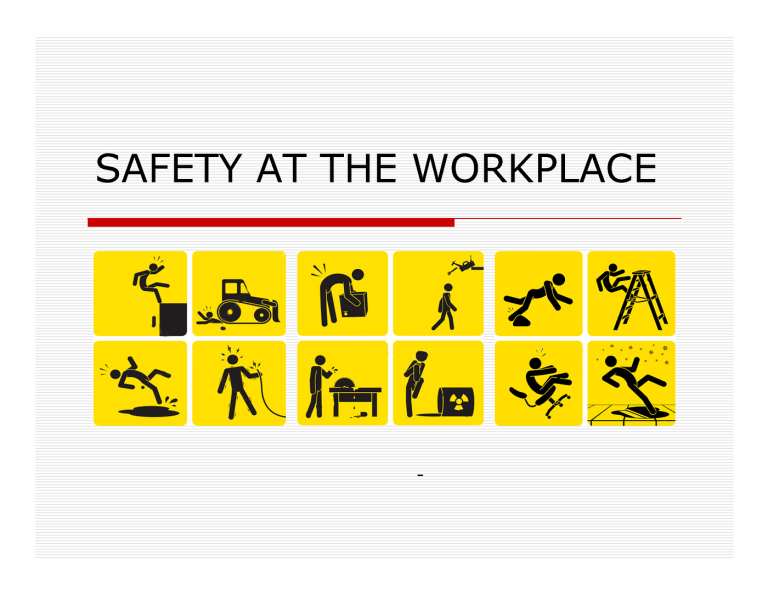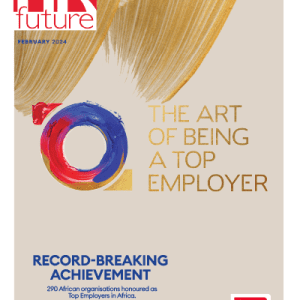In today’s hyperconnected world, the way we work has undergone a dramatic transformation. The shift to remote and hybrid models has reshaped how businesses operate, with teams collaborating across continents as easily as across cubicles. This revolution wasn’t just a pandemic response; it represents a fundamental evolution in workplace dynamics.
As companies plan to adopt some form of remote work permanently, the tools enabling this transition have become essential infrastructure rather than optional extras. Let’s explore how digital connectivity tools are empowering both individual productivity and global teamwork in ways previously unimaginable.
The Evolution of Digital Collaboration in the Workplace
Before diving into specific tools, it’s worth understanding how we arrived at today’s collaborative ecosystem. The journey from isolated email exchanges to rich, integrated platforms represents not just technological advancement but a complete reimagining of how work happens.
From Email to Immersive Collaboration
Remember when collaboration meant endless email chains and file attachments named “FINAL_v3_REVISED_ACTUALLY_FINAL.doc”? Those days seem almost prehistoric now. The evolution began with simple file-sharing services before expanding into fully integrated workspaces that combine communication, document management, and project tracking in a single platform.
The Rise of Purpose-Built Remote Work Tools
The rise of purpose-built remote work tools has revolutionized how teams operate across borders, creating smoother workflows and richer collaboration experiences. Nowhere is this transformation more evident than in the United States, a global hub for tech innovation and home to some of the world’s most influential remote work platforms.
With a high concentration of distributed teams and digital nomads crisscrossing the country for both work and leisure, seamless connectivity has become a must-have. A usa esim, ensures instant and reliable data access without the hassle of swapping physical SIM cards. Whether you’re joining a video call from a coworking space in Austin or uploading project files from a coffee shop in Seattle, having the right tools and connectivity makes all the difference.
Breaking Down Geographic Barriers
Perhaps the most revolutionary aspect of modern digital connectivity tools is their ability to obliterate distance. Teams distributed across different countries can now collaborate in real-time, creating new possibilities for talent acquisition and business expansion. This geographical flexibility has become a competitive advantage for organizations willing to embrace it fully.
As collaboration technology continues to mature, we’re seeing increasing integration between formerly separate tools, creating more seamless workflows for distributed teams. Let’s examine the essential categories of these tools that are transforming remote work experiences in 2024.
Essential Digital Connectivity Tools Transforming Remote Workforces
At the heart of any successful remote work strategy is a thoughtfully curated toolkit of collaboration tools that address different aspects of team productivity. The most effective organizations typically deploy solutions across several key categories.
Real-Time Communication Platforms
Communication remains the foundation of effective teamwork, regardless of physical location. Modern communication platforms have evolved far beyond simple text chat to create rich, multi-dimensional exchanges.
Video Conferencing Solutions
Video meetings have become the backbone of remote team communication, with platforms offering increasingly sophisticated features. Beyond basic face-to-face interaction, the best solutions now include breakout rooms, live transcription, and integrated polling to make virtual gatherings more productive than their in-person counterparts.
Team Messaging Systems
For day-to-day communication, team messaging platforms have largely replaced email for internal exchanges. Their searchable history, organized channels, and rich media support create persistent spaces where conversations and knowledge remain accessible, a crucial feature for teams working across different time zones.
Voice-First Collaboration
Don’t overlook audio-only collaboration tools. For many discussions, removing the video component can reduce fatigue and allow team members to communicate while mobile. This has proven especially valuable for quick check-ins and brainstorming sessions where screen sharing isn’t necessary.
The most successful remote teams recognize that different communication modes serve different purposes and develop clear guidelines for when to use each channel. This thoughtful approach prevents the fragmentation and overwhelm that can occur when communication tools proliferate without a strategy.
Cloud Productivity Suites
While communication tools connect people, cloud productivity platforms enable them to create and refine work products together, regardless of location.
Collaborative Document Creation
Real-time document collaboration has transformed how teams develop content, with multiple contributors able to simultaneously edit, comment, and suggest changes. This capability dramatically accelerates document development while maintaining version control, a persistent challenge in traditional workflows.
Integrated Workspaces
The most effective productivity suites combine document creation, storage, email, and calendaring in unified environments where context and information flow naturally between applications. This integration eliminates the friction of switching between disconnected tools.
When traveling internationally for work, maintaining reliable connectivity becomes crucial for accessing these cloud services. Global professionals increasingly rely on an esim for instant connectivity when landing in America, avoiding the hassle of physical SIM cards while ensuring seamless access to their digital workspaces from the moment they touch down.
Project Management Solutions
For remote teams, visibility into work progress becomes especially critical when casual office check-ins aren’t possible. Modern project management platforms address this challenge with intuitive interfaces that make work status transparent to all team members.
Visual Project Tracking
Kanban boards and visual workflow management have proven particularly effective for remote teams, providing at-a-glance status updates that help everyone understand project progress. These visual systems create shared understanding that might otherwise require lengthy status meetings.
The future of global collaboration increasingly depends on tools that adapt to different work styles and preferences rather than forcing standardization. The most successful organizations recognize this diversity and provide multiple pathways for team members to engage with shared work.
Building a Culture of Connected Collaboration
While technology provides the infrastructure, successful remote collaboration ultimately depends on human factors. Organizations that excel at global collaboration invest as much in cultural practices as they do in technology.
Establishing Effective Remote Communication Protocols
Clear guidelines around communication expectations form the foundation of productive remote work. The most effective teams develop explicit agreements about response times, appropriate channels for different message types, and meeting protocols.
Digital Team Building and Virtual Engagement
Remote work doesn’t mean abandoning team cohesion. Thoughtful leaders create structured opportunities for social connection through virtual coffee breaks, online team-building activities, and informal chat channels dedicated to non-work topics.
Inclusion Strategies for Global Teams
As teams become more distributed, intentional inclusion becomes essential. This includes considering time zone equity in meeting scheduling, providing asynchronous alternatives for real-time discussions, and ensuring that remote work tools accommodate different languages and accessibility needs.
The technical infrastructure for remote collaboration continues to advance rapidly, but organizational practices often lag. Closing this gap represents perhaps the greatest opportunity for competitive advantage in the remote work era.
Navigating the Future of Work
The evolution of digital connectivity tools and collaboration tools shows no signs of slowing. The most forward-thinking organizations are already experimenting with emerging technologies that promise to make remote collaboration even more natural and effective.
Emerging Technologies Reshaping Remote Work
From AI-powered meeting assistants that generate notes and action items to virtual reality spaces that simulate physical co-presence, new tools are continually expanding the possibilities for remote collaboration. These innovations aim to address remaining challenges like spontaneous interaction and creative co-creation.
The path forward requires both technological investment and cultural adaptation. Organizations that embrace this dual approach will be best positioned to thrive in an increasingly distributed work landscape.
Making Connectivity Work for Your Team
The digital transformation of work presents both challenges and exciting opportunities. While integrating new tools demands time, investment, and a shift in organizational culture, the rewards are significant.
Businesses that adapt effectively can unlock higher productivity, tap into global talent, and foster stronger employee engagement. Embracing this shift isn’t just about keeping up, it’s about gaining a competitive edge in a rapidly evolving work landscape. The future of work belongs to those ready to innovate, connect, and collaborate from anywhere.
FAQs
What’s the ideal mix of synchronous and asynchronous communication for remote teams?
There’s no one-size-fits-all answer, but most successful remote teams limit synchronous meetings to work time, reserving them for genuine collaboration while handling information sharing asynchronously.
How can small businesses implement effective digital collaboration on limited budgets?
Start with free tiers of established platforms, focusing first on reliable communication tools and cloud document collaboration before expanding to more specialized solutions.
What strategies work best for maintaining team cohesion in fully distributed companies?
Regular virtual social events, paired with occasional in-person gatherings when possible, help build the trust and relationship foundation that supports effective remote collaboration.
Guest writer

























